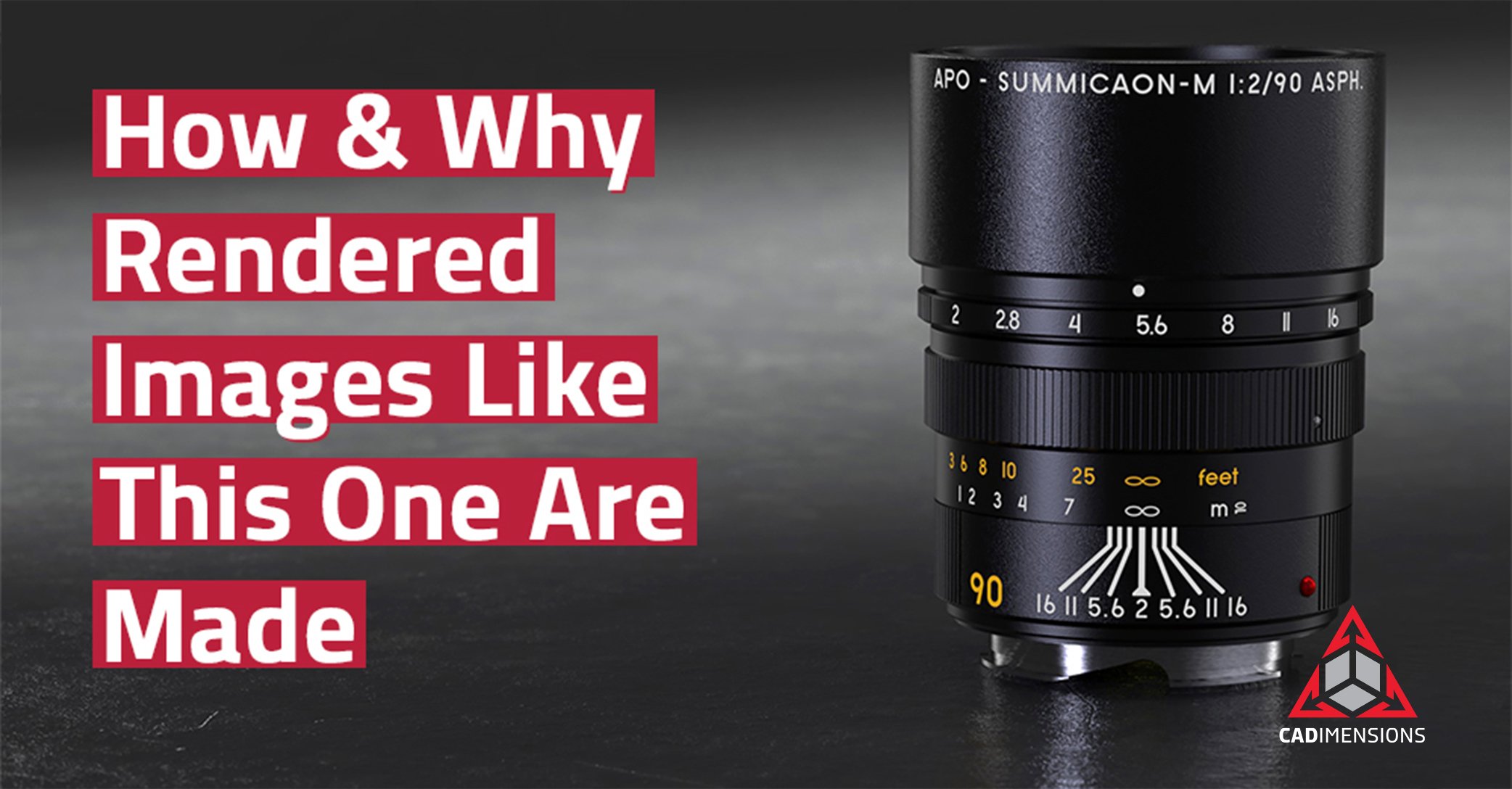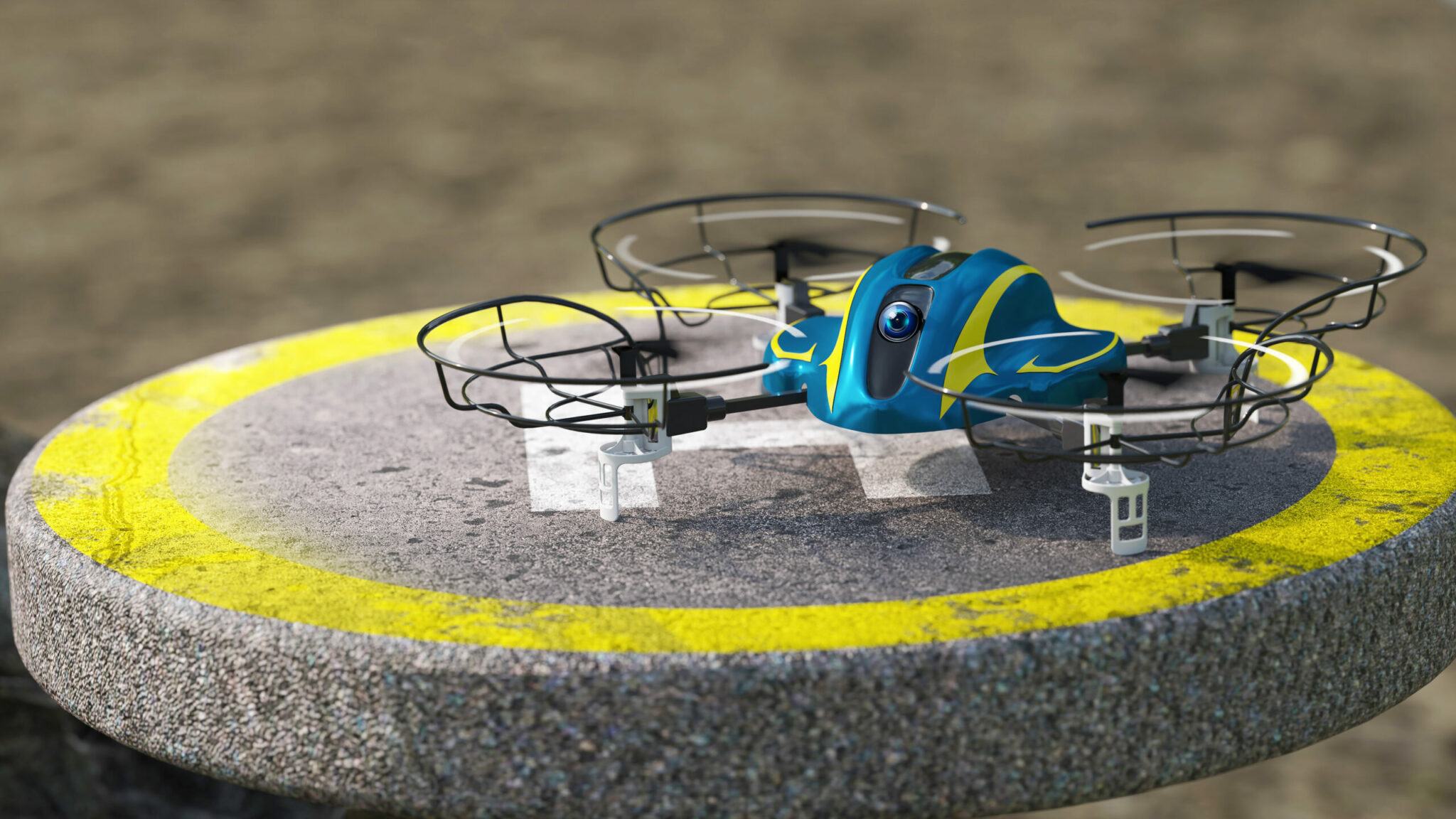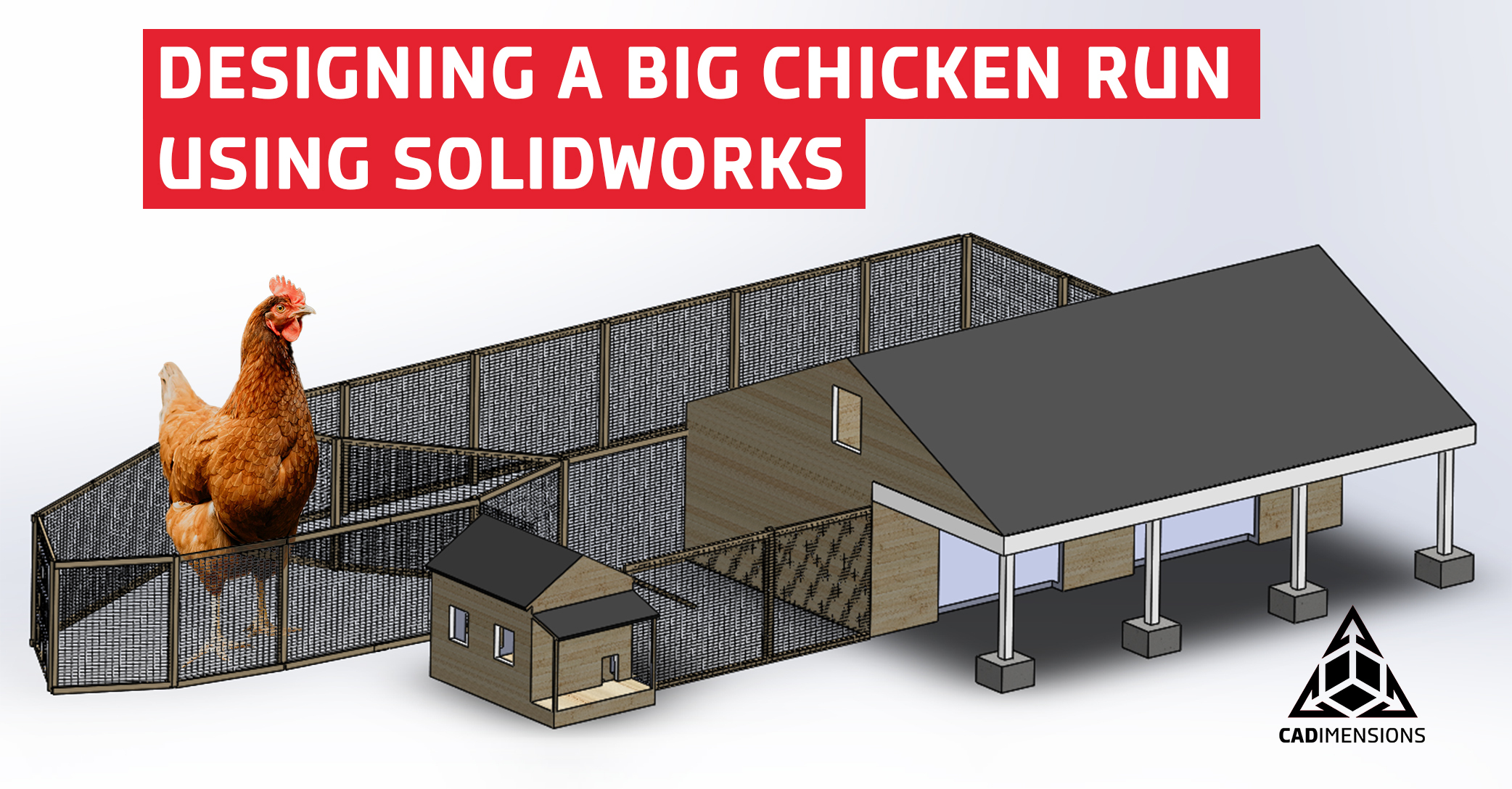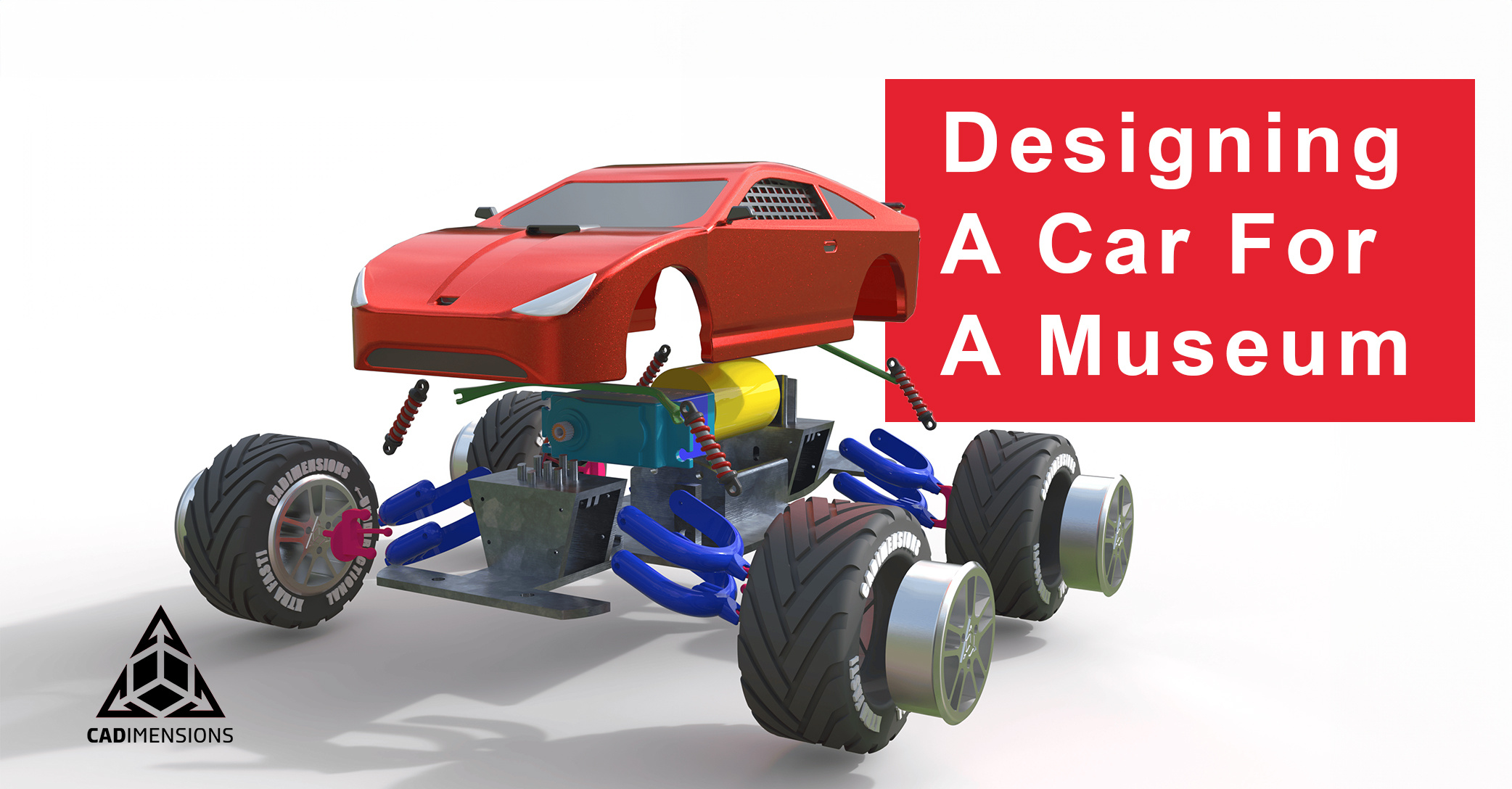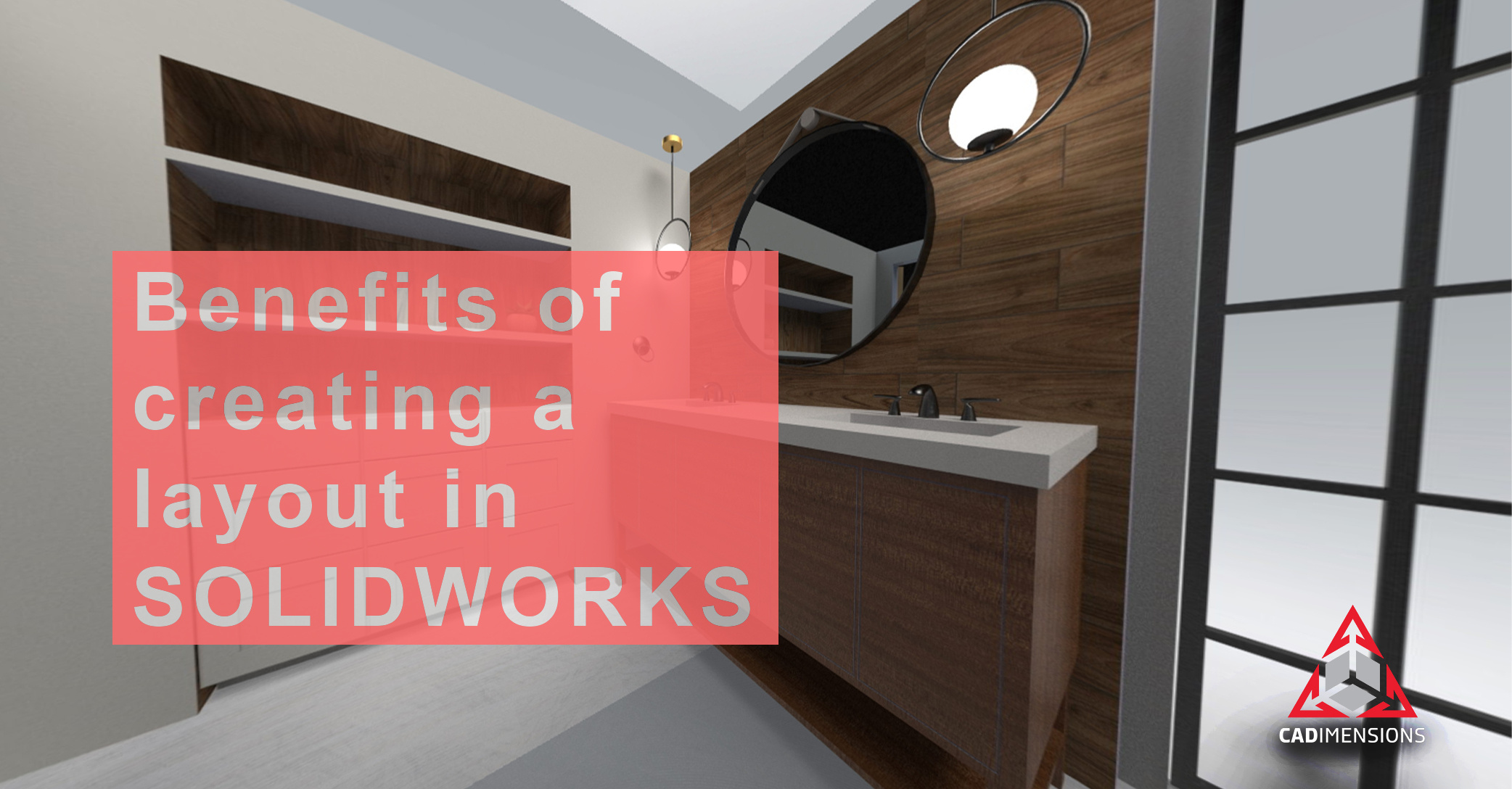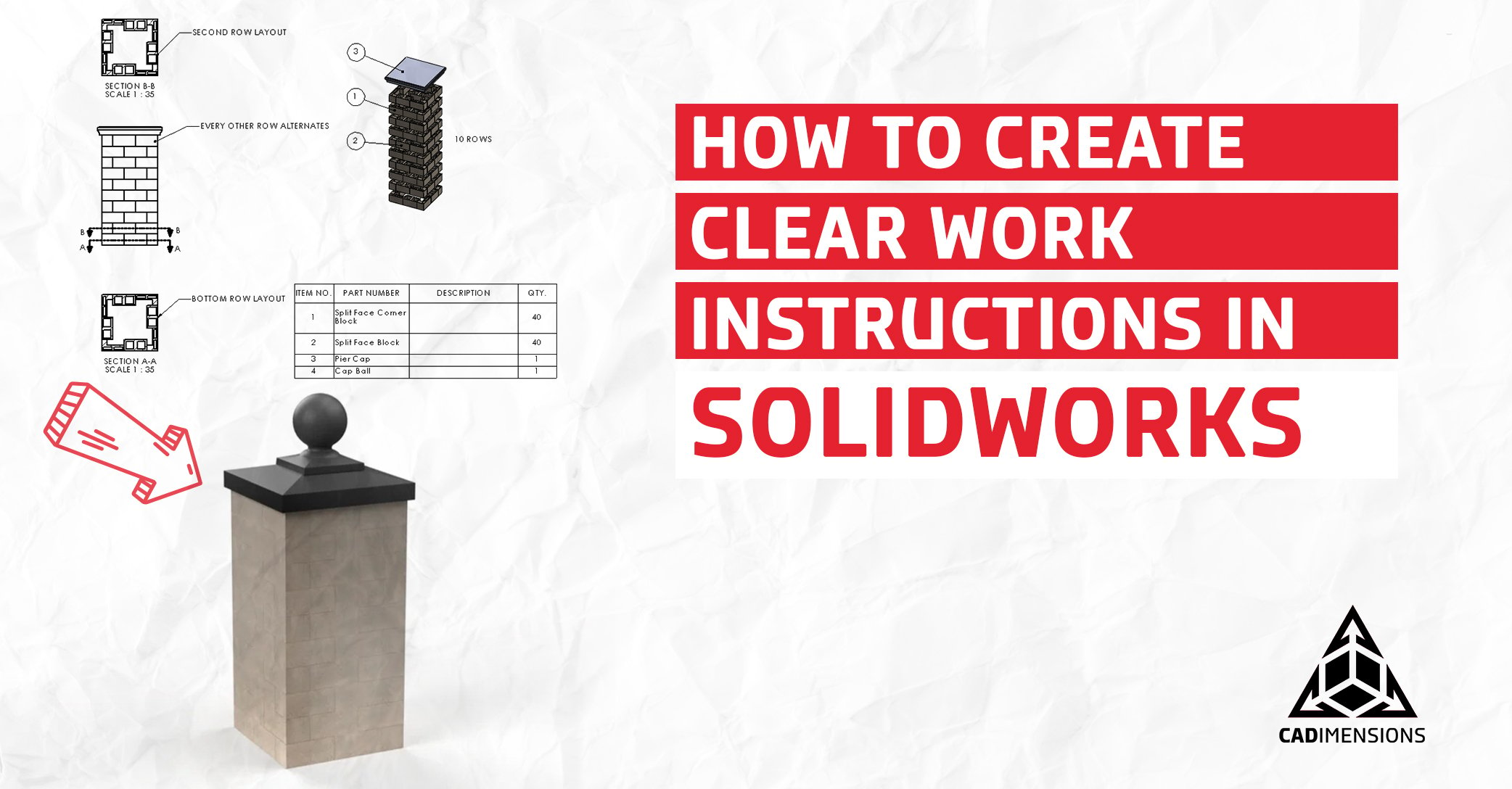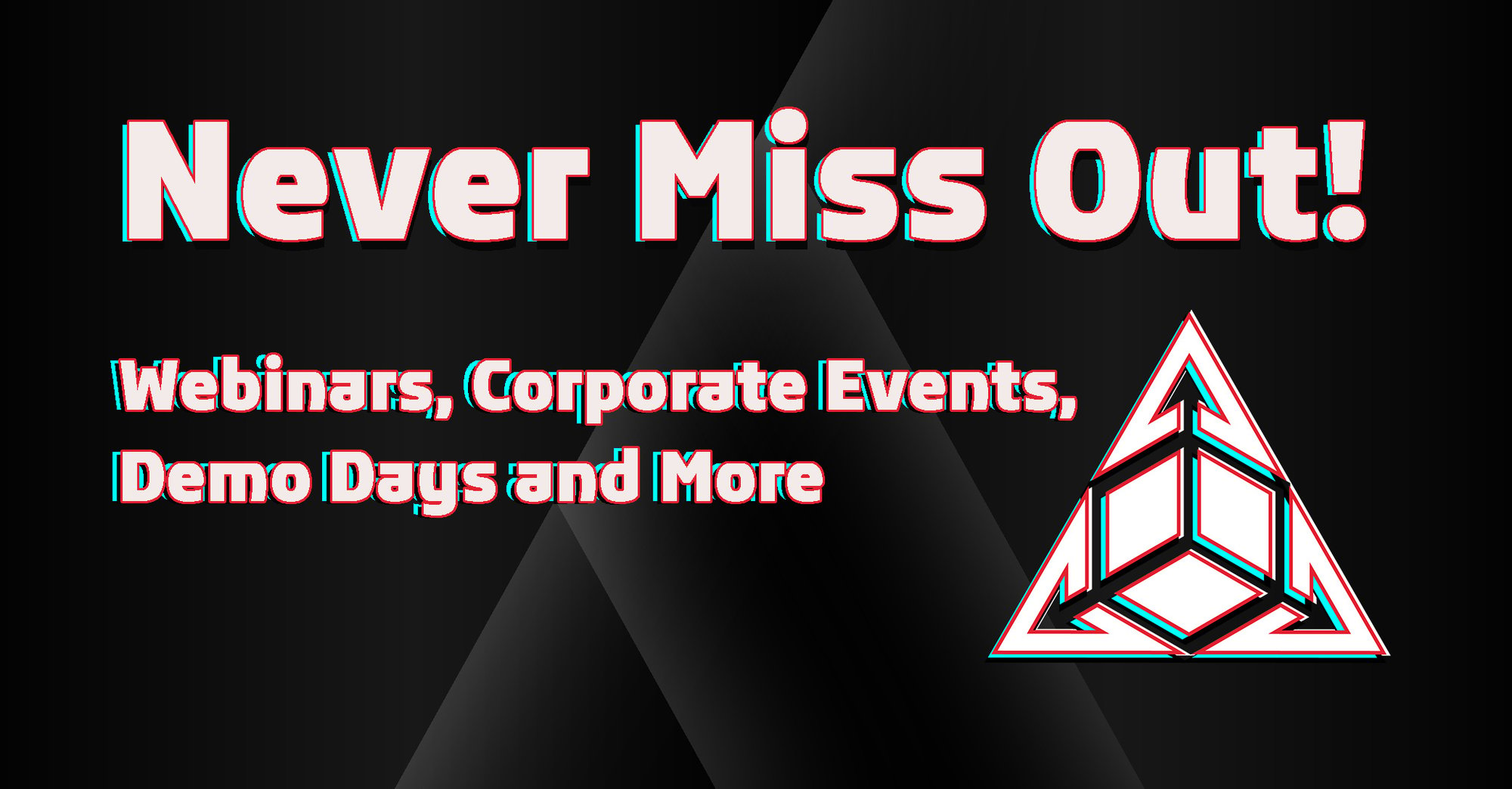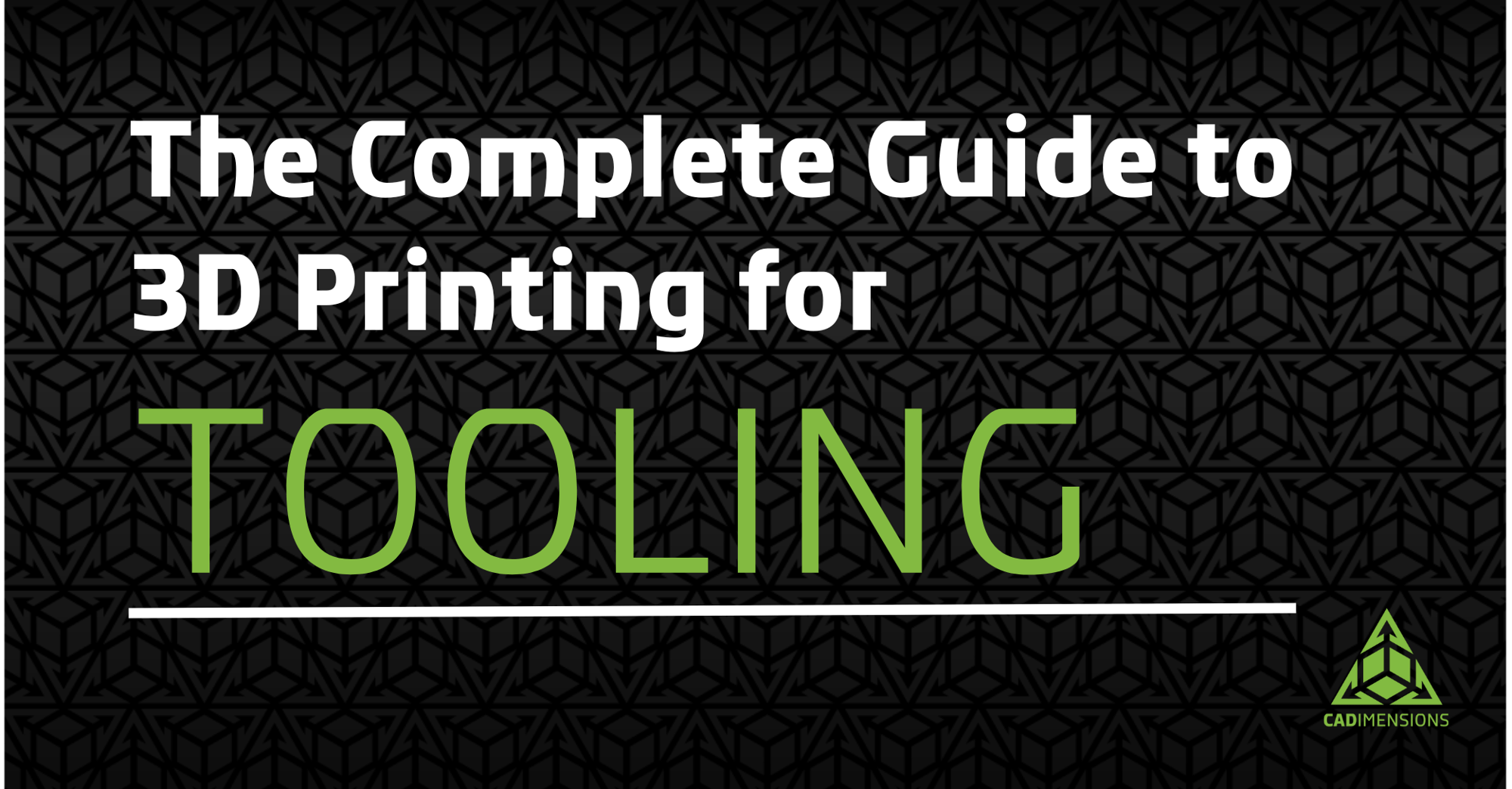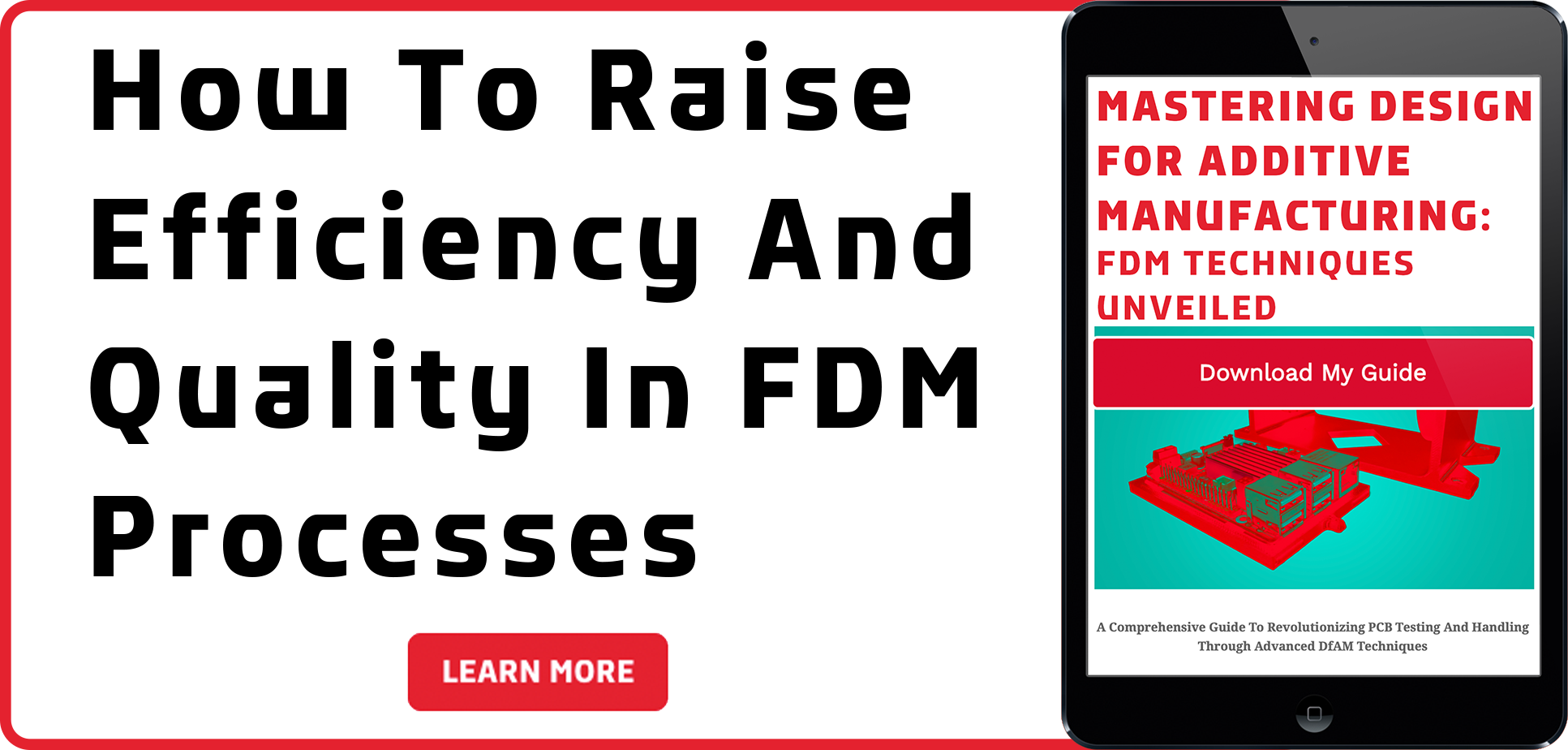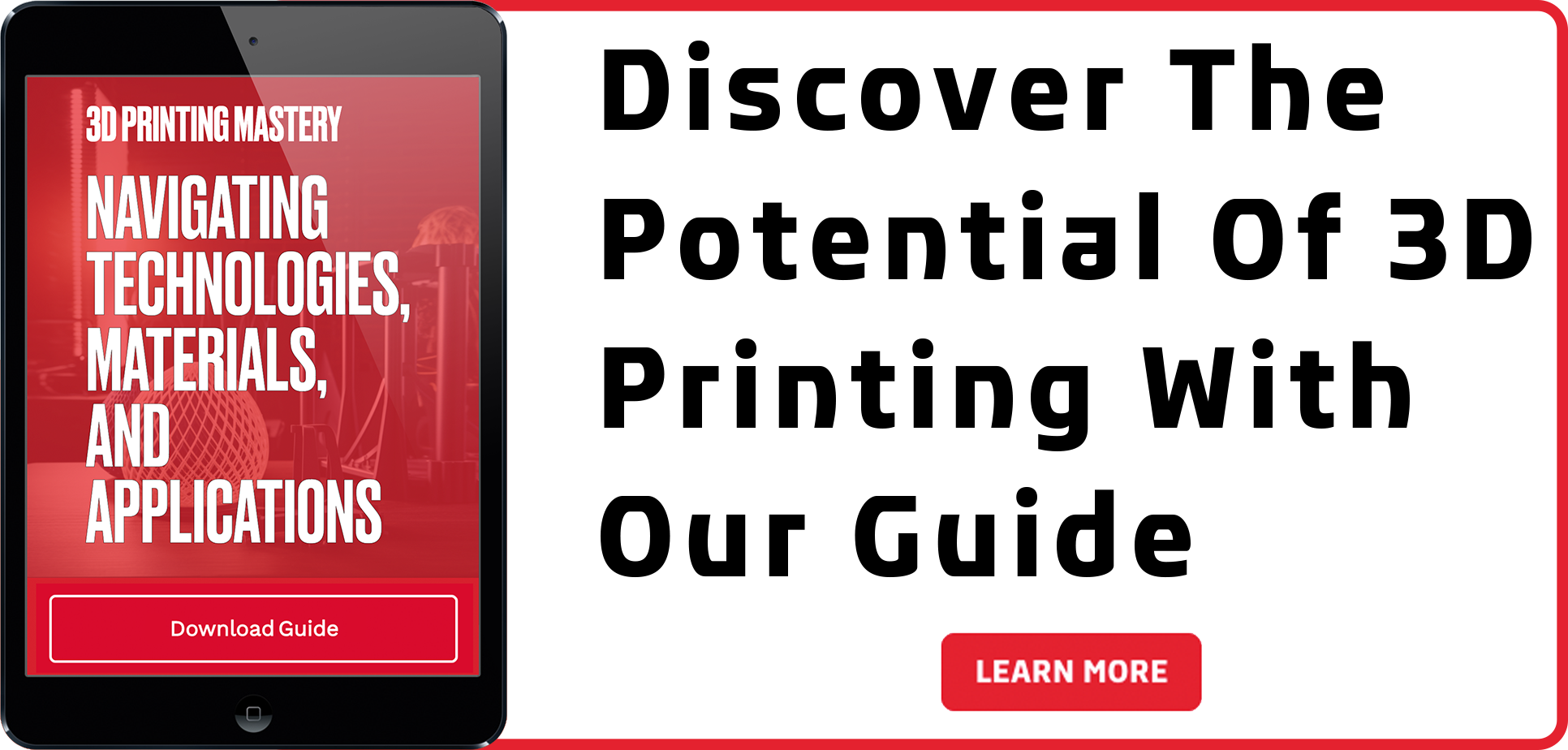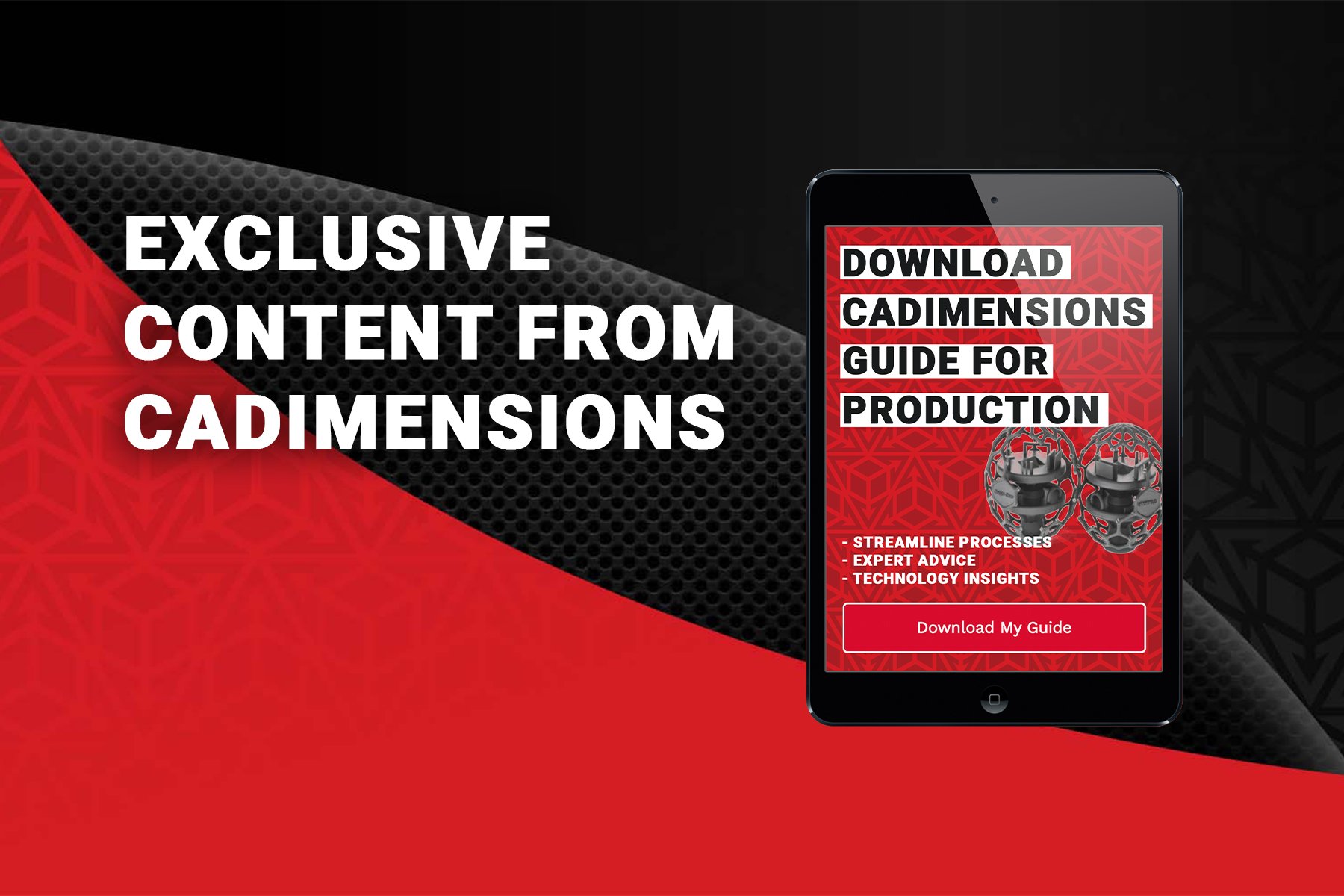What Are Photorealistic Product Renderings?
Seeing is believing. Nothing makes your design feel more tangible than seeing it in its environment. Life-like images of your design eliminate the mental leap it often requires to understand the way a product might look or feel. Quality images provide an instant perception of what the product can do, who it is for, and why it exists. But what if your product is only a concept? What if a prototype exists, but photography is too impractical, too expensive, or is logistically impossible? For these reasons, and more, many firms have turned to photorealistic product rendering. Is it a good fit for you?
What Is A Photorealistic Product Rendering?
3D models have many purposes. In the engineering world, most come in the form of CAD models. A CAD model is generally considered a means of creating and storing design information. It is typically used for manufacturing purposes, but it is capable of much more! That same data that is used to detail things like dimensions, tolerances, and surface finishes, can be repurposed to tell a story. A rendering artist can take that generic model and bring it to life. A good artist can create an image or video that is nearly indistinguishable from a photograph, even to the trained eye.
How Is It Done?
For all we know, rendering might be magic. Even after our decades of experience, it still seems like a bit of magic to us anyway. The concept, however, is fairly simple. A rendering tool is a 3D tool much like a CAD system. SOLIDWORKS Visualize, for example, is a rendering tool that has been designed to work side-by-side with its sister CAD tool, SOLIDWORKS. The purpose of a rendering tool is very different from that of a CAD system. A rendering tool is all about light. You can think of a rendering tool as a simulation of how light works in the real world. A rendering artist will import 3D geometry and apply appearances that coincide with the way the physical product will look in real life. From there, the process is very similar to a photoshoot. The artist will select a camera, positioning, and adjust the lighting to recreate what would exist in the real world!
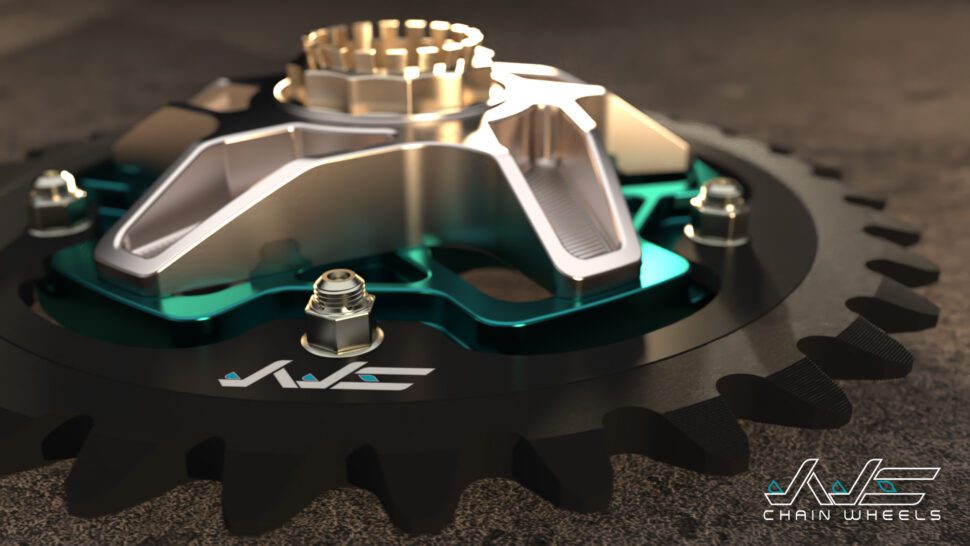
How Does Product Rendering Benefit A Business?
Rendering has grown in popularity for many reasons. Chief among those would likely be convenience and cost. We love traditional photography, and it has its place. But, there are many factors and expenses that go into a real-life photo shoot. A single professional camera and lens can cost thousands upon thousands of dollars. Lighting, locations, and transportation rack up the tally even further. Coordinating schedules of all interested parties can be a hassle, if not impossible. After all that, you have one chance to get it right. Any rework requires all of the above all over again. Product rendering, on the other hand, can be as involved or as simple as it requires. It is infinitely adjustable and always there making the work accessible. It allows freedoms that traditional techniques cannot easily accommodate. You can render a skyscraper as easily as a thumbtack. Let’s see you do that with a camera! At the end of the day, it’s a cost-effective way to “wow” your clients with a process that can start even in a product’s infancy.
Should You Do CAD Rendering In-House or Hire Out?
Rendering has a wide range of applications, so the answer might not be the same for every project. A photorealistic rendering can be a great way to highlight your model for a presentation. Manipulating your model on a webpage is an awesome way to get people excited about your design intent and get their buy-in. CADimensions has an award-winning staff of artists who put pride into their work with every job. Whether the end result is a still-frame image, an animation, or an interactive website rendering, seeing your vision come to life is our goal.

